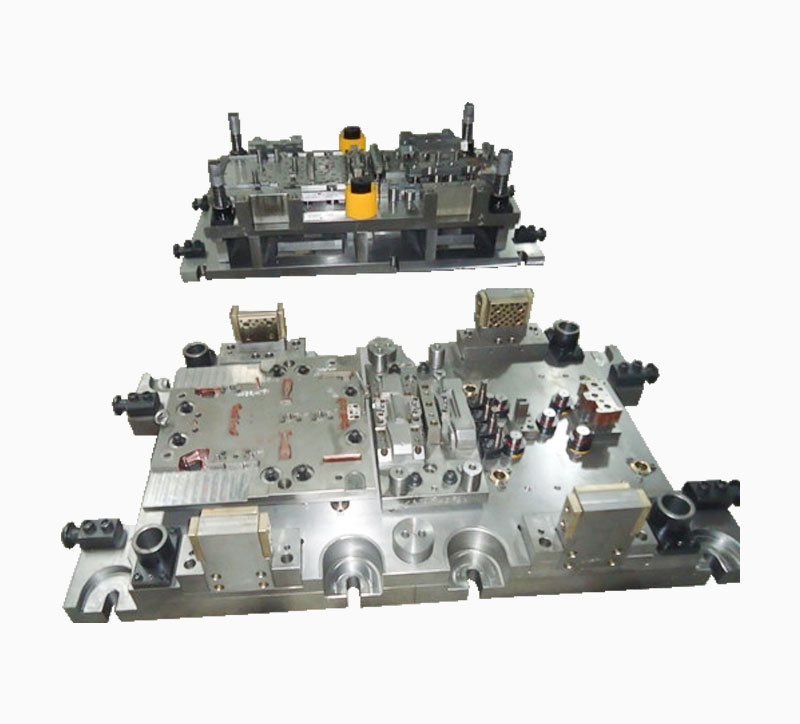The quenching deformation and cracking of the working p […]
The quenching deformation and cracking of the working parts of the mold, and the early fracture during the use process are all related to the hot processing technology of the mold.
(1) Forging process, which is an important link in the manufacturing process of mold working parts. For high-alloy tool steel molds, technical requirements are usually put forward for the metallographic structure of the material carbide distribution. In addition, the forging temperature range should be strictly controlled, the correct heating specifications should be formulated, the correct forging force method should be adopted, and the slow cooling or timely annealing after forging should be used.
(2) Preliminary heat treatment. Depending on the materials and requirements of the mold working parts, preliminary heat treatment processes such as annealing, normalizing or quenching and tempering should be used to improve the structure, eliminate the structural defects of the forging blank, and improve the processing technology. High-carbon alloy die steel can eliminate network secondary cementite or chain carbide through proper preliminary heat treatment, spheroidize and refine the carbide, and promote the uniformity of carbide distribution. This will help ensure the quality of quenching and tempering and increase the life of the mold.

(3) Quenching and tempering. This is the key link in mold heat treatment. If overheating occurs during quenching and heating, it will not only cause greater brittleness of the workpiece, but also easily cause deformation and cracking during cooling, which will seriously affect the life of the mold. Special attention should be paid to prevent oxidation and decarburization during the quenching and heating of the die, and the heat treatment process specifications should be strictly controlled. When conditions permit, vacuum heat treatment can be used. After quenching, it should be tempered in time, and different tempering processes should be adopted according to technical requirements.
(4) Stress relief annealing. The working parts of the mold should be subjected to stress relief annealing treatment after rough machining. The purpose is to eliminate the internal stress caused by rough machining to avoid excessive deformation and cracks caused by quenching. For molds with high precision requirements, they need to undergo stress relief and tempering treatment after grinding or electrical machining, which is conducive to stabilizing the precision of the mold and improving the service life.
Please Leave Your Email Or Phone Number,So We Can Contact You As Soon As Possible
Contact us
Taizhou Booling Mould Co., Ltd. is a famous China Plastic Moulds Manufacturers and Extrusion Blow Moulding factory,we produces and deals with various injection mould,extrustion blow moulds and plastic mould machinery,etc.



 Languages
Languages